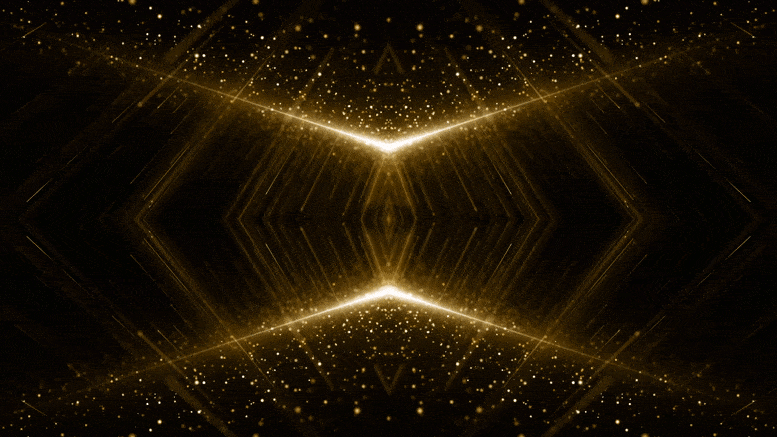
A team of international physicists led by Imperial College London has successfully recreated the double-slit experiment, demonstrating light’s dual nature as both a particle and a wave, but this time in the domain of time rather than space. The experiment relied on materials that change their optical properties in femtoseconds (quadrillionths of a second), which could potentially be used in new technologies or to explore fundamental questions in physics. The researchers used a thin film of indium-tin-oxide, a metamaterial, which had its reflectance changed by lasers on ultrafast timescales, creating the ‘slits’ for light. This groundbreaking experiment could lead to the development of ultrafast, parallelized optical switches and pave the way for future research in time crystals and metamaterials.
Physicists have recreated the double-slit experiment in time rather than space, using materials that change their optical properties in femtoseconds. This research could lead to ultrafast optical switches and advancements in time crystals and metamaterials.
A team of international physicists has recreated the famous double-slit experiment, which showed light behaving as particles and a wave, in time rather than space.
The experiment relies on materials that can change their optical properties in fractions of a second, which could be used in new technologies or to explore fundamental questions in physics.
The original double-slit experiment, performed in 1801 by Thomas Young at the Royal Institution, showed that light acts as a wave. Further experiments, however, showed that light actually behaves as both a wave and as particles – revealing its quantum nature.
These experiments had a profound impact on quantum physics, revealing the dual particle and wave nature of not just light, but other ‘particles’ including electrons, neutrons, and whole atoms.
The research team led by Imperial College London physicists performed the experiment using ‘slits’ in time rather than space. They achieved this by firing light through a material that changes its properties in femtoseconds (quadrillionths of a second), only allowing light to pass through at specific times in quick succession.
Monash University Head of the School of Physics and Astronomy, Professor Stefan Maier, was part of the team involved with this exciting experiment and a co-author on the study published in the scientific journal Nature Physics.
“The concept of time crystals has the potential to lead to ultrafast, parallelized optical switches,” Professor Maier said.
“It is additionally a beautiful demonstration of wave physics and how we can transfer concepts such as interference from the domain of space to the domain of time.”
Lead researcher Professor Riccardo Sapienza, from the Department of Physics at Imperial College London, said: “Our experiment reveals more about the fundamental nature of light while serving as a stepping-stone to creating the ultimate materials that can minutely control light in both space and time.”
The original double slit setup involved directing light at an opaque screen with two thin parallel slits in it. Behind the screen was a detector for the light that passed through.
To travel through the slits as a wave, light splits into two waves that go through each slit. When these waves cross over again on the other side, they ‘interfere’ with each other. Where peaks of the wave meet, they enhance each other, but where a peak and a trough meet, they cancel each other out. This creates a striped pattern on the detector of regions of more light and less light.
Light can also be parcelled up into ‘particles’ called photons, which can be recorded hitting the detector one at a time, gradually building up the striped interference pattern. Even when researchers fired just one photon at a time, the interference pattern still emerged, as if the photon split in two and travelled through both slits.
In the classic version of the experiment, light emerging from the physical slits changes its direction, so the interference pattern is written in the angular profile of the light. Instead, the time slits in the new experiment change the frequency of the light, which alters its colour. This created colours of light that interfere with each other, enhancing and cancelling out certain colours to produce an interference-type pattern.
The material the team used was a thin film of indium-tin-oxide, which forms most mobile phone screens. The material had its reflectance changed by lasers on ultrafast timescales, creating the ‘slits’ for light. The material responded much quicker than the team expected to the laser control, varying its reflectivity in a few femtoseconds.
The material is a metamaterial – one that is engineered to have properties not found in nature. Such fine control of light is one of the promises of metamaterials, and when coupled with spatial control, could create new technologies and even analogues for studying fundamental physics phenomena like black holes.
Co-author Professor Sir John Pendry from Imperial College said: “The double time slits experiment opens the door to a whole new spectroscopy capable of resolving the temporal structure of a light pulse on the scale of one period of the radiation.”
The team next want to explore the phenomenon in a ‘time crystal’, which is analogous to an atomic crystal, but where the optical properties vary in time.
For more on this experiment, see Physicists Reveal Quantum Nature of Light in a New Dimension.
Reference: “Double-slit time diffraction at optical frequencies” by Romain Tirole, Stefano Vezzoli, Emanuele Galiffi, Iain Robertson, Dries Maurice, Benjamin Tilmann, Stefan A. Maier, John B. Pendry and Riccardo Sapienza, 3 April 2023, Nature Physics.
DOI: 10.1038/s41567-023-01993-w

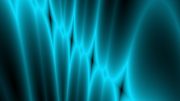
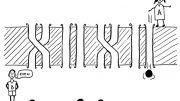
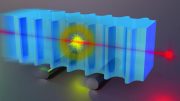
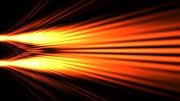
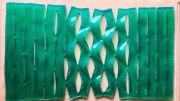
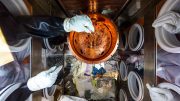
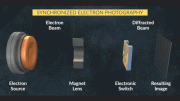
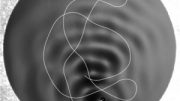
A netizen once left a statement in the comment. Science is not concerned with where an idea comes from. The sole test of the validity of an idea is experiment. The man who wrote that on the blackboard was Richard Feynman.
Experiments can indeed promote the progress of theory. However, the limitations of experiments make it inevitable that many theories cannot be tested through experiments.
The reason why humans are great is because they have powerful theories based on logic and mathematics. Any experiment cannot do without correct and scientific theories.
Just like the famous Double-Slit Experiment was reimagined, what is the foundation and basis for designing a scientific experiment? Objective conditions? Subjective thinking? What can humans do?
a bit too overexcited about an on/off switch that yielded the expected results.
First, the general result was predicted but not yet tested. The test and its method was a first, and the material response time was unexpected.
Second, this – experiment, rapid response – yielded a method that “could create new technologies and even analogues for studying fundamental physics phenomena like black holes.”
Where is the overexcitement!?
This is very exciting stuff! So easy to have it slip by. Things are happening super fast!
Light is a wave, not a particle. One error is in thinking they fired one “photon” at a time. You can’t fire a single photon when light is a wave, which is why the interference pattern still builds up. This is another monster error in physics (along with Red Shift vs Light Dimming) leading to the inability to describe gravity, which is a form of space deformation that can be simulated using EM wave generators in a standing wave-like pattern (the same way we can build images with lasers). Just because a laser is a narrow directed wave, that doesn’t mean it’s a particle stream either, but rather a single directional wave (instead of two dimensional). Until science begins to recognize such basic fundamental thinking errors, we will never move into the age of warping space to get around the speed of light, which itself is the CPU clock speed of the computer simulation we call the “universe” (Sorry, but we’re actually inside a computer simulation).
Wave-particle duality?